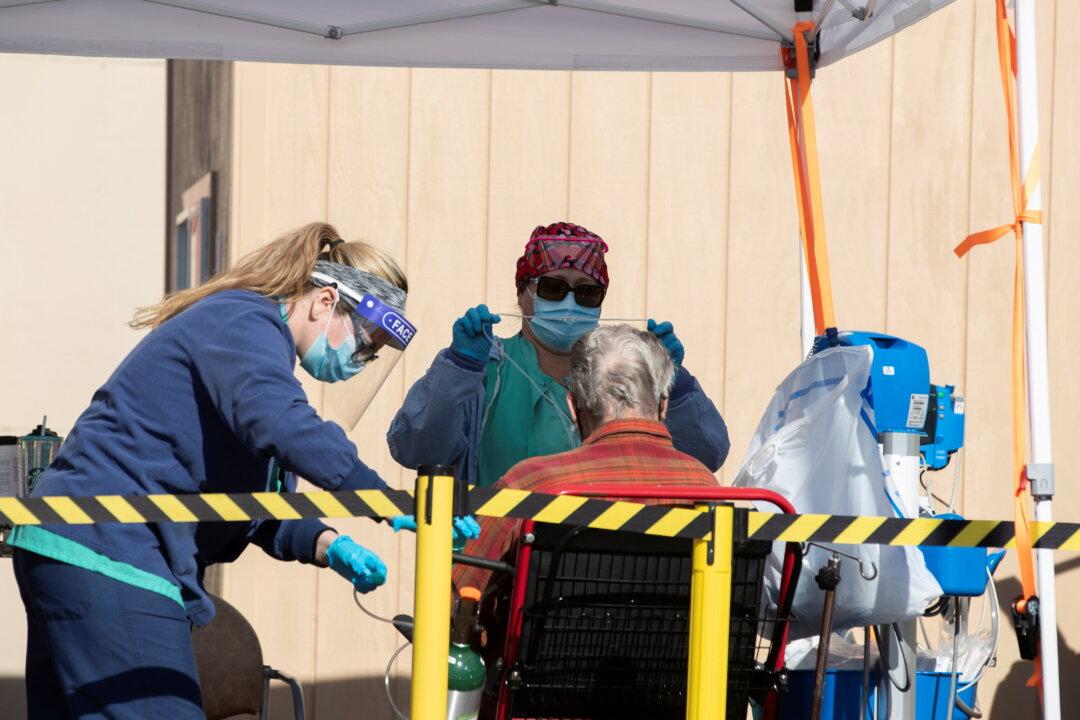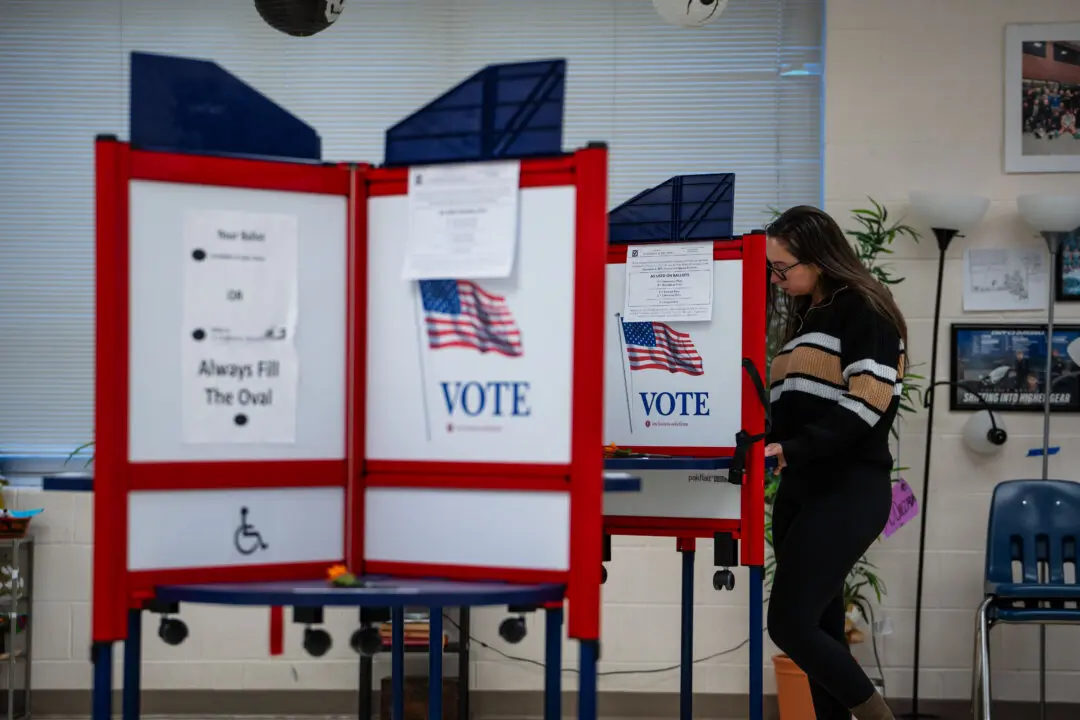At least 10 state health departments in the United States have detected the highly contagious B.1.1.7 variant of COVD-19, the disease caused by the CCP (Chinese Communist Party) virus, according to a new report.
The U.S. Centers for Disease Control and Prevention (CDC), in an update on Jan. 15, said that a “more highly transmissible variant of SARS-CoV-2, B.1.1.7, has been detected in 10 U.S. states.” SARS-CoV-2 is another name for the coronavirus that is believed to have emerged in Wuhan, China, in late 2019.





